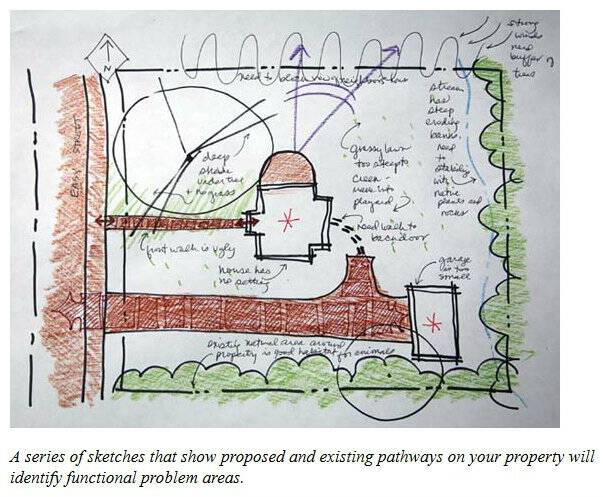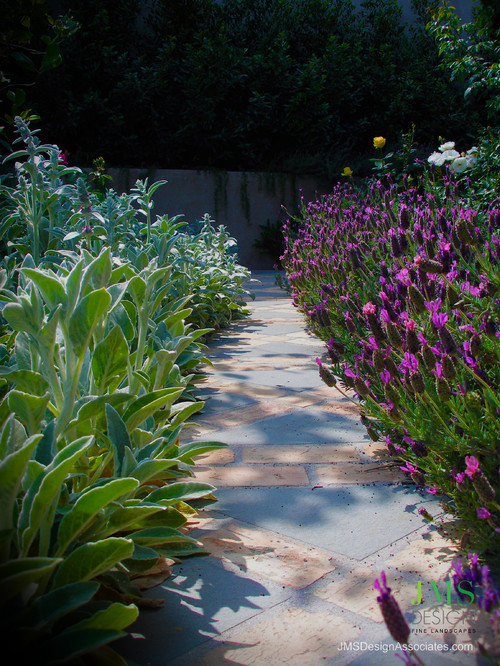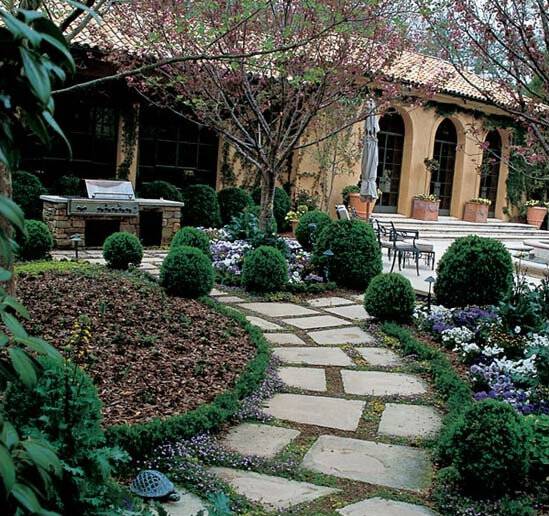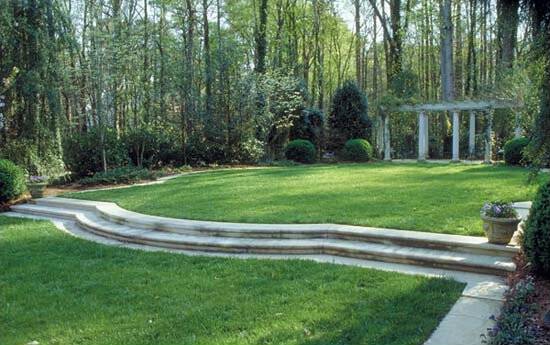Winter weather can wreak havoc on your landscape and hardscapes if they’re left unprotected. But a little maintenance can help prevent serious damage to plants, pathways and more.

Here are some tips:
Landscape
First, you need to determine which of your plants are the most sensitive to cold and frost. Many plants are cold-hardy and don’t need special care, but some species such as gardenias, aucuba and lantana do, according to gardening expert Walter Reeves.
To keep plants frost-free, you can place old towels and sheets over them with tree stakes or poles. The idea is to keep the materials from resting directly on top of the plants while still keeping them covered. This preserves air flow to the plant. During the day, covers should be removed to allow plants to absorb sunlight. Hedges or shrubs can be wrapped thinly with burlap, just not directly on top. Be sure your mulch is deep enough to offer adequate insulation as well. Potted plants should be brought indoors.
Black plastic sheeting can also be used to cover and protect plants from cold. Similarly, evergreens can be wrapped in twine prior to a snow or ice event to offer additional protection. Smaller trees can be anchored to taller, more sturdy trees with rope.
Hardscapes
Hardscapes are just as important as landscapes when it comes to cold weather protection. Be sure to seal and reseal your hardscapes such as driveways, paths and patios to prevent damage from the freeze/thaw cycle. You should also paint or seal any wooden hardscape features such as arbors and decks for the same reason.
Be sure all patio furniture is covered, and watch out for rusting metal, which can stain hardscapes in damp weather.
Draining out water in your swimming pool and above ground ponds will help prevent damage from the freeze/thaw cycle. Pools should also be professionally winterized and covered for the season.
For more landscaping tips and ideas, follow Dargan Landscape Architects on Twitter and like us on Facebook.











